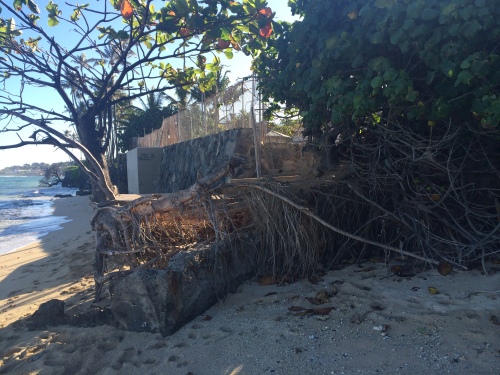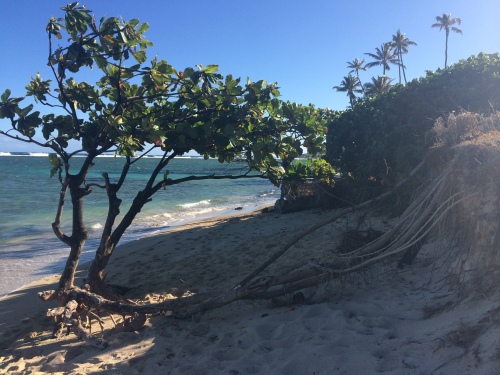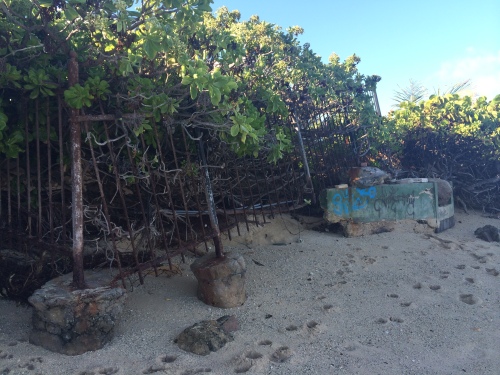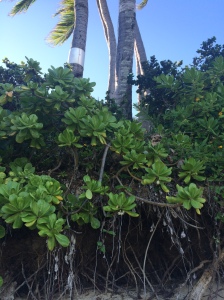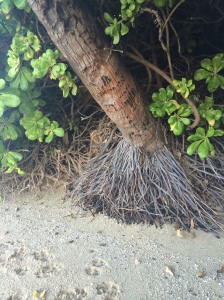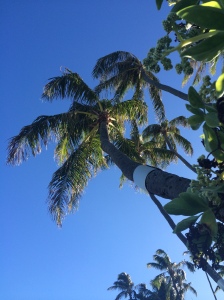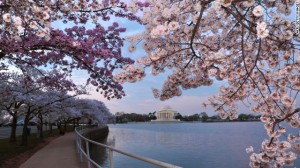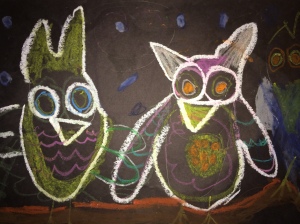I admit, I have a deep fascination with the paranormal. I sometimes watch The Long Island Medium on The Learning Channel Sunday evenings. And most Thursday mornings on my way to work, I tune in to Island 98.5 and Nadine the Suburban Psychic on the radio. Both shows are regular reminders of what I long suspect–that there is literally much more to life than meets the eye. Listeners call in asking Nadine one question for free (the bait).
Is my wife fooling around? I interviewed for a job. Am I going to get it? My wife is pregnant. Are we having a boy or a girl? I’m going through a divorce. Am I going to get what I want? My grandmother passed away. Is she okay?
The drama of people’s lives are endless and tirelessly entertaining especially when the husband (or wife) is apparently cheating, a point the Wake-up Crew does not hesitate to exploit (the hook). But underlying all the juicy tidbits is listening to Nadine at work, revealing intimate details she could not possibly know…unless…she is the real deal.
Suppose psychic mediums are real, how do know what they know?
Psychics claim their information comes from a kind of volume of human consciousness, a storehouse where all human actions and intentions are recorded and documented for posterity, and accessible to all merely by asking a question. Psychics are just much better at receiving information from beyond than the rest of us. Nadine receives information in the form of thoughts or images in her mind’s eye, or even in the form of actual physical sensations.
It’s quite the fantastic claim, I know. But despite my unchildlike skepticism for a telepathic library of human consciousness, I believe psychics are telling the truth about how they know things ordinary people don’t.

- Edgar Cayce plaque, Selma Alabama
Edgar Cayce, the famous Sleeping Prophet, was known in the 1900s for accurately diagnosing a person’s ailments and prescribing treatments while lying down, eyes closed, under hypnosis (and not physically inspecting the patient at all). Educated only through the ninth grade, Cayce said the information came not from himself, but from the same mysterious place Nadine does. Only, he gave it a name and called it the great Akashic records.
In Hinduism, akasha (the Sanskrit word for space or ether) is a primary element from which all others (earth, water, fire, air) are borne. In other words it’s the realm of consciousness, of ideas and intentions, out of which physical things manifest. Cayce asserts this non-physical realm contains records, or the energetic imprints of each thought and action of each human for all of human history.
If we accept what psychics are saying, then somewhere in all that dark matter of the universe is a virtual encyclopedia of sorts automatically storing the thoughts, ideas and actions of every human being on the planet–our so-called collective consciousness.
Really? Sounds awesome, but still more like science fiction slash fantasy. And yet, in today’s Age of Communication, the idea of the Akashic records, of a collective consciousness is not mere sci-fi, but very much down-to-earth.
Everyday without fail, I use a remarkably vast, seemingly infinitely expanding thing. If I don’t, I feel isolated and out of touch. I use this thing to ‘travel’ instantly anywhere in the world, to ‘be’ at the Australian Open and watch a live tennis match, or to research ailments, or recipes, or to go shopping for anything I can think of, including dog food and light bulbs. More recently I used it to enroll in a college course at Rutgers University while staying on location in Hawaii. This mysterious, super-connecting thing is of course the internet.

Source: Wikimedia Commons
The internet–a miraculous, hyper-evolving, ever-expanding, ubiquitous modern invention is organic and fed by each and every one of us who ‘plugs’ in everyday, adding, editing, deleting, watching, liking content. The amount of information stored in this digital global cloud is beyond comprehension. Thankfully, Google and others have made it a much more manageable place. All I have to do is think of a question, type it, hit return, and quite instantly I can scroll through a myriad of pages of what other people all over the world, past and present, are thinking related to my question.
I might venture to say, that with the help of the internet and Sergey Brin, I am now somewhat of a psychic.

Image Source: blog.slideshare.net
People can record every thought, event, deed, rambling essay, video, all on the internet. And at any moment, barring subscriptions and paid content, I have access to nearly all of it. I can watch how Michelle Phan does make-up, read about some guy’s struggle with his new marriage, watch videos of people and their pets, peruse what others think about a certain restaurant or hotel, listen to a personal conversation between Donald Sterling and his mistress. I can read ad nauseam the rambling thoughts of bloggers around the world or conversely share my own endless, rambling thoughts.
Its astonishing really. And the more I think about it, it bears a striking resemblance to the idea of the Akashic records, a collective place to record human experience for the sole purpose of sharing. We are awash with modern-day inventions aimed at doing just that: Twitter, YouTube, WordPress, Instagram, Facebook. We dismiss it as socializing (well clearly a lot of it is), but really we are hell-bent, pre-programmed you might say, on cataloguing our collective experiences for posterity. We’ve built a more tangible, albeit imperfect, version of the Akashic records.
If, as some people believe, that everything we have ever invented in the physical realm is inspired by their nonphysical prototypes in the unseen Akashic realm, our digital library of human consciousness may very well be the best real evidence we have that a higher Akashic version does indeed exist. If we can build a physical, clumsy version, then a non-physical, flawless, counterpart in the Akashic realm is not only likely, but a necessary precursor. Either way, the resemblance is more than just coincidence and adds weight to an idea stretching back over a century ago through to present day and likely beyond.
There, our mere ideas and thoughts are themselves real ‘things’ that self-organize like things in the physical world. Like water vapor released to the sky and finding its way to others of the same kind, eventually forming whole clouds of similarity, our thoughts and ideas do the same, released from our minds into the ether beyond and automatically organizing themselves to whole clouds of similarity within human history.
What, if anything, does it all mean?
The existence of a collective consciousness, an actual mechanism behind the sentimental idea that what happens to one of us, happens to all of us, implies that beyond the sentiment, is something more hard-wired and grounded in truth: we are all irreversibly connected, cells of the same organism, agents of the same agency.
Our collective mission? Free knowledge for all. An enlightened humanity. Peace for a thousand years. Evolution toward higher Jedi-like powers. Nothing. I’ll save the possibilities for another post.
Whatever our collective purpose, there is no denying the omnipresent existence of unseen, powerful, organized collections of information. It’s hard to keep this intangible world in mind during the daily grind and demands of physical life. And so every Thursday morning I tune in for my paranormal dose and am reminded of it, that everything isn’t as it seems or as Einstein much more famously said it, that reality is merely an illusion. We are not as separate as we make ourselves out to be and because of a pervasive network we cannot see, our thoughts and intentions somewhere become thoughts and intentions everywhere.

